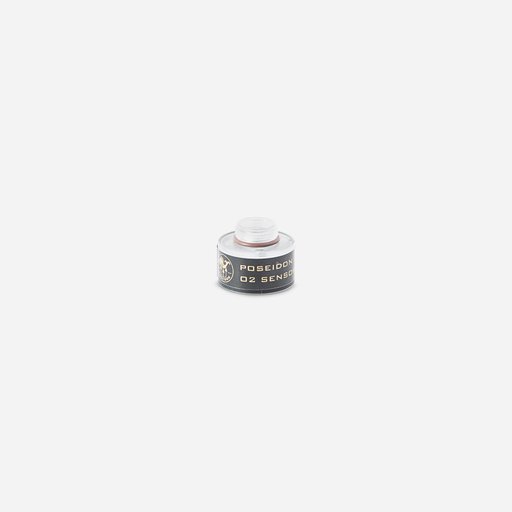-made by Pyro Science GmbH, 10 year life, appears to be cleared for dive/medical/life support use. Offered in two distinct flavors:
a) With Poseidon firmware - only works with Poseidon rebreathers, currently 850 Euro (incl. VAT; unsure what rate?) on Poseidon site
Voting logic is not always logical and traditional O2 sensors have a short shelf life and are prone to failure. For that reason, we have created the Solid State O2 sensor. This factory calibrated sensor is absolute and delivers unsurpassed operating life, as well as calibration stability. In a...

www.poseidon.com
b) With a non-Poseidon firmware - works with anything but Poseidon, currently 435 Euro (incl. 19% VAT) on Tecme site; also offering full conversion kits for different rebreathers:
TecMe.de - O2 Solid State Cells - (Look for "O2 Solid State Cells" section on the left menu)
-made by Oxygen Scientific GmbH - 5 year life, works with anything, appears to have integrated battery source and a DAC converter, hence can work with analog rebreathers potentially as a drop in replacement of an analog sensor (note the 2mm difference in diameter mentioned above!). Seems to be cells that KISS Go and Halcyon (Oxygen Scientific) Symbios rebreathers will use.
Currently appears to not be certified for any dive/medical/life support usage, has no CE mark neither. Cannot be sold legally in EU.
There is one shop selling those "for demo purposes" though (some legal wriggling) - Dive2.me at 675 Euro (incl 19% VAT)
Dive2.me - Solid State Sensor Sauerstoff
Now as for the power source - from my understanding and talk with some folks, both need power - in case of PyroScience ones that is usually provided from an external source, while Oxygen Scientific seems to have an integrated battery. PyroScience ones potentially could be still used using the usual 9V already built in in most rebreathers (with some extra cable) but battery life would be shorter for example estimate was that Choptima 50 hours rated usage would be cut to 25 hours with 2 solid state sensors. Otherwise one just need to add an extra "solid box" - seems to be pretty simple mod, box is like Choptima ones - more info on Tecme website.
The second consideration is DAC conversion - solid state is a digital technology sending 1/0's (and no longer mV) - for Pyro Science you need a DAC converter to get those 1/0's to mV rebreather can read. However the best option would be to use these with DiveCAN system (5 pin), which is also digital, at which case you would need no converters at all (not even the ADC currently integrated in the likes of Choptima to convert mV to 1/0's) - however that needs Shearwater releasing a firmware that would allow for the cells to talk to their computers.
OxygenScientific appears to have DAC integrated, hence 1/0's are converted to mV and can be used on any analog system. Would not be a great fit for DiveCan model, as then you would convert 1/0's to mV then back to 1/0's.







